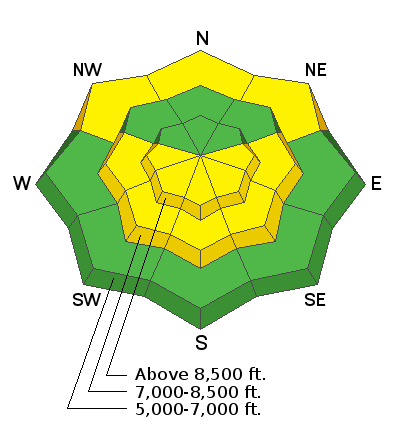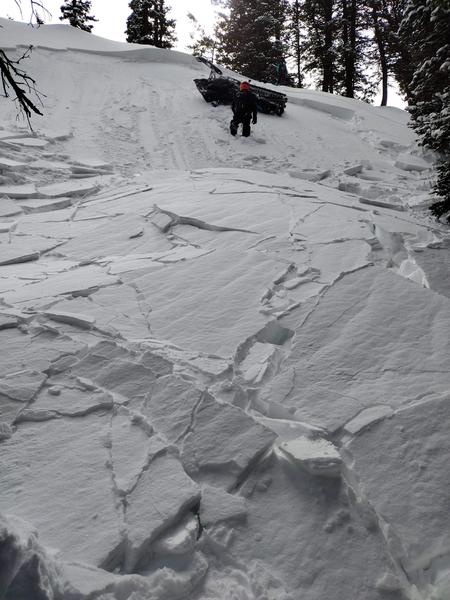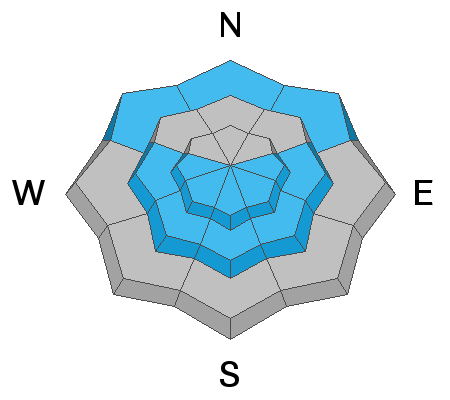Forecast for the Logan Area Mountains

Issued by Toby Weed on
Wednesday morning, March 2, 2022
Wednesday morning, March 2, 2022
Unseasonably warm temperatures and strong March sun will cause heightened wet avalanche conditions in sunny terrain. Areas with MODERATE danger will develop in the midday heat, with small natural and human triggered loose wet avalanches possible. Also, people could trigger small slab avalanches failing on a buried persistent weak layer or loose dry avalanches entraining sugary faceted snow in steep shady terrain.
Evaluate snow and terrain carefully. Watch for and avoid 1)-saturated, warmth softened snow on steep sunny slopes, 2)-cornices and previously wind drifted snow on steep upper elevation slopes, especially in and around terrain features like gullies, scoops, sub-ridges, and cliff bands, 3)- loose avalanches or sluffs entraining dry faceted snow or wet surface snow in very steep terrain.

Low
Moderate
Considerable
High
Extreme
Learn how to read the forecast here










